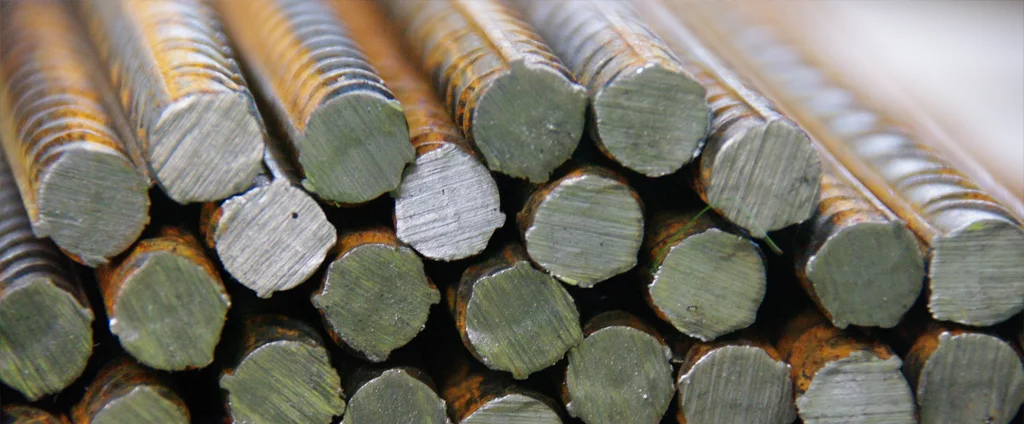Ductile Iron SAE J434c Grade D7003 (UNS F34800)

SAE J434c Grade D7003 is a ductile iron alloy designed for highly stressed components requiring superior wear resistance and excellent response to selective hardening. Its fine grain structure and mechanical strength make it suitable for applications demanding durability and reliability under heavy loads.
| Chemical Composition | ||
|---|---|---|
| Element | Min | Max |
| Iron | 90.73% | 94.17% |
| Carbon | 3.6% | 3.8% |
| Cerium | 0.005% | 0.2% |
| Chromium | 0.03% | 0.07% |
| Copper | 0.15% | 1.0% |
| Magnesium | 0.03% | 0.06% |
| Manganese | 0.15% | 1.0% |
| Molybdenum | 0.01% | 0.1% |
| Nickel | 0.05% | 0.2% |
| Phosphorus | —— | 0.03% |
| Silicon | 1.8% | 2.8% |
| Sulfur | —— | 0.002% |
The following table provides a list of SAE J434c Grade D7003 properties in both SI and US customary/Imperial units.
Click on the button to switch between Metric and Imperial units.
| Physical Properties | Metric |
|---|---|
| Density | 7100 - 7200 kg/m3 |
| Mechanical Properties | Metric |
| Tensile Strength (Ultimate) | ≥ 689 MPa |
| Tensile Strength (Yield) | ≥ 483 MPa |
| Brinell Hardness | 241 - 302 |
| Knoop Hardness Converted from Brinell | 304 |
| Vickers Hardness Converted from Brinell | 288 |
The values in this table are approximate and can vary depending on various factors such as the specific manufacturing process and heat treatment applied to the alloy.
Advantages & Disadvantages of Iron J434c Grade D7003
| Advantages | Disadvantages |
|---|---|
| High tensile strength | More expensive than traditional cast iron |
| Good wear resistance | More difficult to machine than traditional cast iron |
| Finer grain structure | Can be brittle in some applications |
| Strong and durable | Can be prone to cracking |
| Wide range of applications |
Applications of Iron J434c Grade D7003
SAE J434c Grade D7003 is widely employed in mechanical and automotive components, including:
- Gears: Strong, durable, and wear-resistant, with machinability that allows production of complex shapes and dimensions.
- Crankshafts: Capable of withstanding high loads while offering durability and machinability for complex designs.
- Camshafts: Provides strength and durability under high loads, with machinability for intricate shapes.
- Rocker arms: Robust and durable, suitable for high-load applications with ease of machining.
- Connecting rods: Strong and durable components capable of withstanding heavy stresses, easily machined.
- Pistons: Durable and strong, withstanding high loads and machinable for precise geometries.
- Brake rotors: Resistant to high temperatures and durable, enabling the manufacturing of complex shapes.
- Clutch disks: Capable of enduring high temperatures and stresses, with good machinability.
- Flywheels: Durable and strong, suitable for heavy load applications and complex machining.
- Bearings: Strong and durable, designed to withstand high loads while allowing complex machining.
